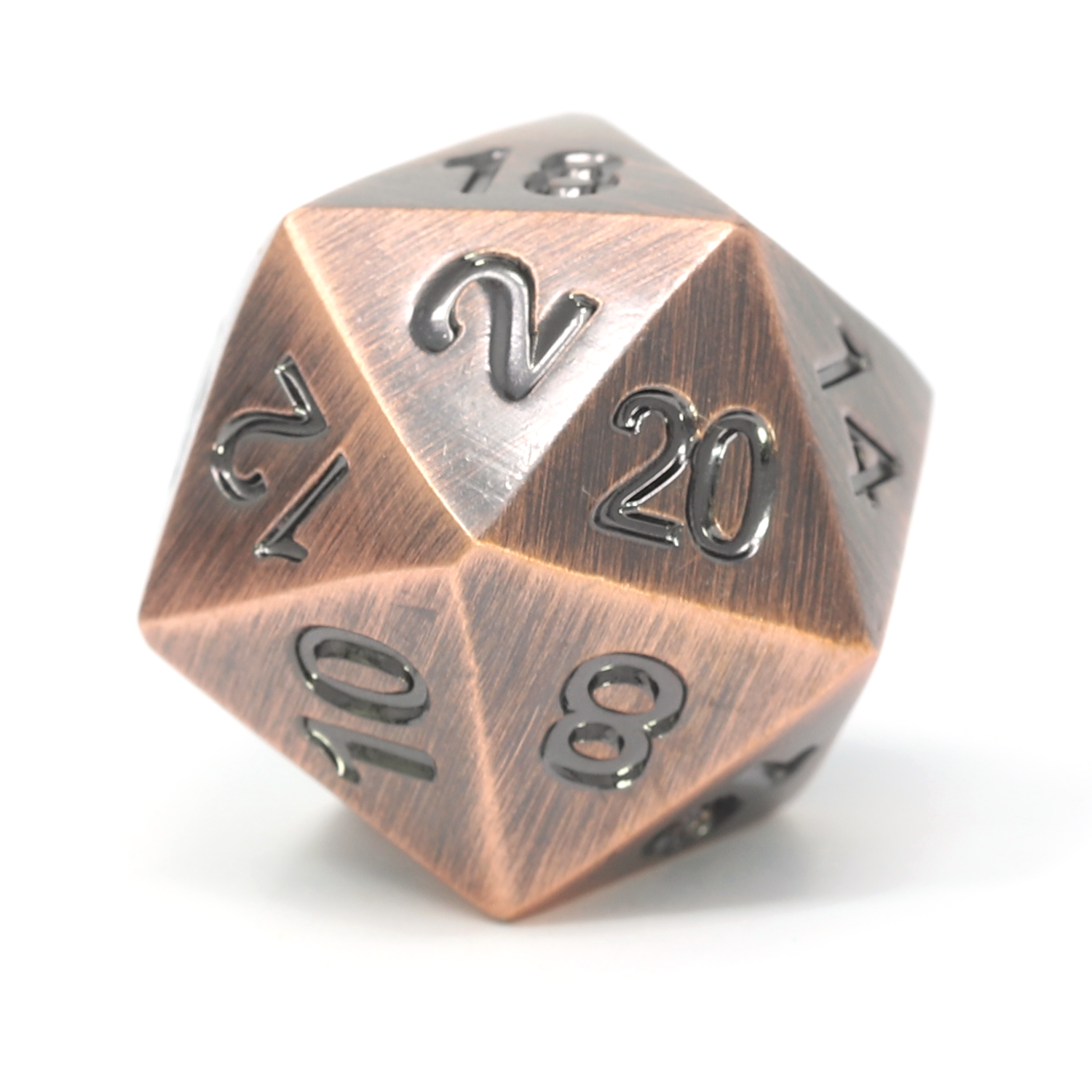via MEME
While an unholy number of Dungeons & Dragons campaigns begin with the characters meeting in a tavern, fans and players have been known to meet anywhere they can share a d20 joke. What’s a d20? It’s a 20-sided die used to determine the outcome of skill checks and combat in tabletop games, but especially Dungeons & Dragons.

The punchline of any good d20 joke (even if the joke goes on and on) is almost always “rolled a natural 20” or “rolled a natural 1.” A natural 20 means you roll a 20 on the dice, which is an automatic success. A natural 1 means you roll a 1 on the dice which is an automatic failure. For example, thoodleoo’s Tumblr post about The Iliad and The Odyssey as Dungeons & Dragons.

In this post, I look at three of the places Dungeons & Dragons fandom lives: Tumblr, giantitp.com and roll20.
Dungeons & Dragons fandom on Tumblr comes in a lot of varieties. There’s the Critical Role stan-dom, where people live and die by the weekly (and historical) antics of The Mighty Nein (and Vox Machina). I jest, I Jester — sort of. People who love Critical Role, tend to love it hard, and Tumblr is no exception. Here, you’ll find fanfic, meta-commentary, quotes, episode gifs, fanart, theories, ship arguments, actor-love…just like every other fandom I’ve ever been in.
On Tumblr, Dungeons & Dragons fandom also takes the form of sharing stories and the inevitable d20 jokes I mentioned at the outset. Two Tumblr blogs I frequent are mostly-true-dnd-stories and shitmyplayerssay.com
Figure 3. A post from mostly-true-dnd-stories demonstrating the neverending cleverness of Dungeons & Dragons players at using the arcane to do things we wish we could do in real life.
These two Tumblogs (do they still call them that??) feature funny tidbits from home games the world over. The first leans towards the kind of classic moments players retell for years, what tvtropes would probably call Crowning Moments of Awesome. The second leans more toward Dungeon Masters reporting stupid, awesome, or plan-destroying things their players did. Still Crowning Moments, but sometimes of idiocy or inattention, or ignoring a dungeon the DM spent a month making to roll in a field of dangerous magical poppies. To me, this epitomizes Dungeons & Dragons fandom: where the time you seduced a dragon cultist so your party could steal some dispatches is awesome to someone other than the six people around your tabletop.
Giant in the Playground (giantitp.com) is actual a small-press publishing company operated by Rich Burlew, writer of The Order of the Stick comic (see The Player’s Game for an example), but the forums at giantitp.com are one of the main places I lurk as a fan. Giantitp.com’s forum for 5e has discussions of all things game-related, from optimal character builds for different classes to homebrewing magic items for specialized characters to discussions of the relative merits of various spells. I don’t post on the forum, but it’s not a stretch to say that 90% of everything I know about playing the game I’ve learned from this forum. The sharing of tips and tricks, arguing about whether min-maxing sucks or is awesome, and sometimes just getting affirmation for your newest character design is another major function of Dungeons & Dragons fandom.
The place the fandom really lives, though, is at the tabletop where you play, whether it’s live or virtual, so the last platform I want to look at is Roll20. According to Roll20’s site, it is:
is a suite of easy-to-use digital tools that expand pen-and-paper gameplay. Whether you play online via our virtual tabletop or in person utilizing our character sheet and dice rolling application, Roll20 will save you time and help you focus on enhancing your favorite parts of tabletop gaming.
Unpacking that, Roll20 serves as: the place that groups of players play, a storage cloud for story character sheets, a searchable database of rules, a marketplace of game assets (battlemaps, art, campaign modules, tokens, etc.), a discussion forum, and a listing of games looking for players, among other things. For example, I have a game instance where I build and test characters. It could be a private thing, but I’ve invited a few of the people I most commonly play with, and we all use it together so we can show each other character ideas in progress. My writing partner and I also use it to play out battles for scenes we’re writing in our Dungeons & Dragons text roleplay. Because the game instances are permanent, they can also serve as memory palaces; each one comes with its own forum, and in my crowd, at least, we use the forum for game summaries (I’m pretty sure we’re not alone). If Tumblr is for funny and Giantitp.com is for learning, Roll20 is for doing; it’s the proverbial tavern where we meet.
The three platforms I’ve identified as “where the fandom lives” are idiosyncratic. That is, another fan, one who participates in other aspects of the fandom, say a fan artist, might well choose different sites, like Twitter and Deviantart. To me, however, what makes Dungeons & Dragons unique and powerful as a fandom is that it’s a fandom of a thing largely made by fans for other fans. The official stuff is barely a beginning. So when I talk about where my fandom lives, what I really mean is my friends and where we play (agameoftemples.blog is my blog in process of the characters, setting and text roleplay logs for my Saturday game).

2 Comments